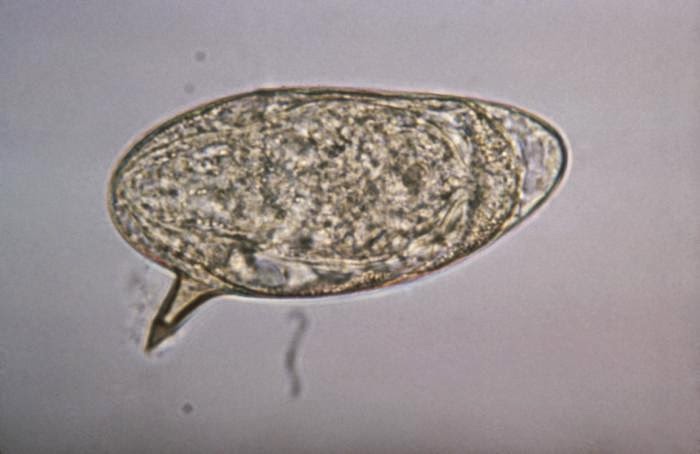The Myanmar Ministry of Health and Sports reported earlier this month (computer translated) that of the nearly 1,000 suspect schistosomiasis cases tested in Rakhine State, 520 were Schistosoma mansoni IgG (Elisa) positive.
In addition to Rakhine, some people with schistosomiasis were detected in Shwe Kyin of Bago region and Inn Lay of Shan state.
Prevention, treatment and diagnosis for schistosomiasis is a collaboration between the WHO, the Chinese CDC and local health authorities.

Schistosomiasis is one of the neglected tropical diseases, especially among those in low socioeconomic status, and is also known as bilharzia or snail fever. It is caused by parasitic worms that live in certain types of freshwater snails. It can be transmitted via direct skin contact to water infested with parasites. Thus, children usually playing, swimming, or fishing in contaminated water are vulnerable to the parasitic infection.
After infected, a rash or itchy skin may develop after a few days, and systematic symptoms such as fever, chills, cough, and muscle aches may appear within 1-2 months. Depending on the type of species infected, intestinal, or urogenital schistosomiasis can be resulted. It can be commonly diagnosed by detection of parasite eggs in stool or urine specimens.
In addition to provision of safe water, proper sanitation and hygiene, and snail control, the transmission can be interrupted by large-scale treatment, including targeted treatment and preventive chemotherapy, with praziquantel to the population at risk in the affected area.
- Arizona reports 45 congenital syphilis cases through November
- Fish tapeworm outbreak reported in Los Lagos, Chile
- South Africa: Salmonella outbreak reported in KwaZulu-Natal
- Yellow fever in Edo State, Nigeria
- Brazil health officials call on public to #CombateAedes in the battle against dengue and chikungunya
- Infectious disease news: Top 5 posts for the week Nov. 17- Nov. 23
- Israel: Listeria outbreak linked to ‘Jerusalem Deli’ meats
- Alzheimer’s disease: DNA vaccine reduces both toxic proteins in mice

